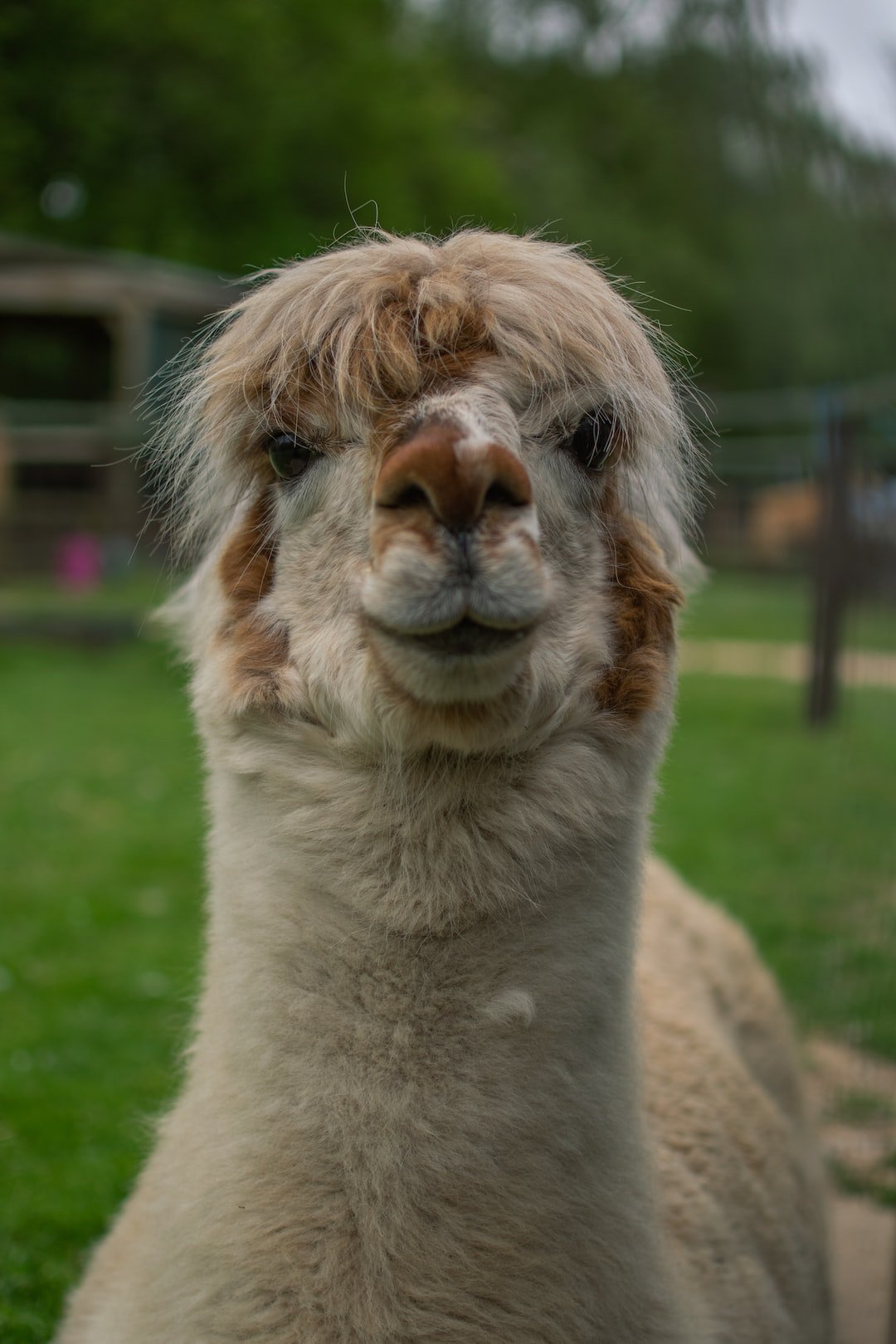The Curious Behaviors of Squirrels
Squirrels are fascinating creatures that can be found in various parts of the world. Their playful antics and adorable appearance make them a favorite amongst nature enthusiasts and animal lovers. However, there is more to squirrels than meets the eye. They exhibit several curious behaviors that have perplexed researchers and observers alike. In this blog post, we will delve into some of these peculiar behaviors and attempt to understand the reasons behind them.
One of the most intriguing behaviors of squirrels is their habit of burying food for future use. Squirrels are known for their incredible memory and ability to locate buried food even after long periods. This behavior, known as caching, is primarily driven by their instinct to store food for the winter months when food may be scarce. Interestingly, squirrels tend to bury each nut or seed separately, rather than clustering them together. This behavior helps in avoiding pilferage by other animals and reduces the risk of mold or decay. It is incredible to think about the complex mental maps squirrels possess to locate these hidden treasures.
Another curious behavior observed in squirrels is “scanning”. Squirrels are known to sit upright on their hind legs and scan their surroundings attentively. This behavior serves multiple purposes. Firstly, squirrels are constantly on the lookout for potential predators. Their excellent vision and hearing allow them to detect even the slightest movement or sound, enabling them to react quickly and escape to safety. Secondly, scanning helps squirrels locate potential food sources. Whether it is a fruit-laden tree or a discarded acorn, squirrels use their keen senses to spot food from a distance.
Squirrels are also known for their acrobatic prowess. Their ability to perform impressive leaps and bounds is truly awe-inspiring. This behavior is a result of their anatomy and physical adaptations. Squirrels possess strong hind legs and long, bushy tails that act as a counterbalance, helping them maintain balance while jumping from tree to tree. Additionally, their sharp claws enable them to grip onto tree trunks and branches with ease. These adaptations make squirrels exceptional climbers and allow them to maneuver effortlessly in their arboreal habitats.
Furthermore, squirrels engage in a behavior called “mobbing”. When they encounter a potential threat such as a predatory bird or snake, squirrels will gather in groups and produce alarm calls. This behavior serves to intimidate and distract the predator, allowing the other squirrels to escape safely. Mobbing is not limited to predators; squirrels have been observed mobbing humans, cats, and even other squirrels in territorial disputes. This behavior showcases their cooperative nature and their ability to communicate effectively with each other.
Another interesting behavior exhibited by squirrels is their agility when foraging for food. Squirrels are primarily herbivores and consume a wide range of foods, including nuts, seeds, fruits, and even tree bark. They have the ability to manipulate and hold food items with their front paws, showcasing their dexterity. Squirrels are also known to engage in “husking” behavior, whereby they remove the outer shell or husk of a nut before consuming the inner kernel. This behavior is believed to reduce the risk of spoilage and make the nut easier to eat.
In conclusion, squirrels are truly remarkable creatures with a plethora of curious behaviors. From their food caching and scanning to their acrobatic feats and mobbing tendencies, each behavior serves a purpose in their survival and reproduction. Understanding these behaviors not only adds to our knowledge of these endearing creatures but also nurtures a deeper appreciation for the wonders of the natural world. So, the next time you spot a squirrel scurrying or leaping through the trees, take a moment to marvel at the unique behaviors that make them such fascinating creatures.

